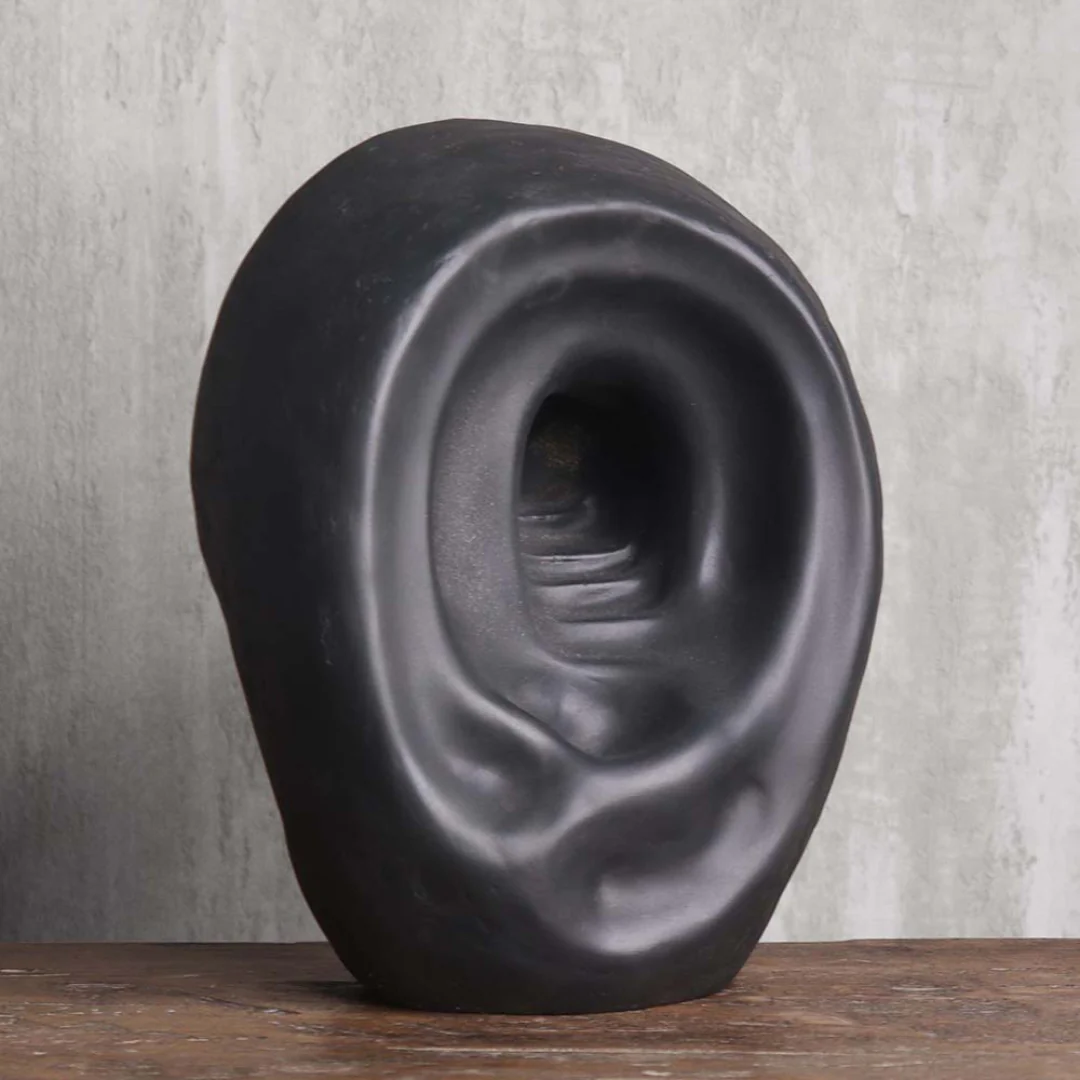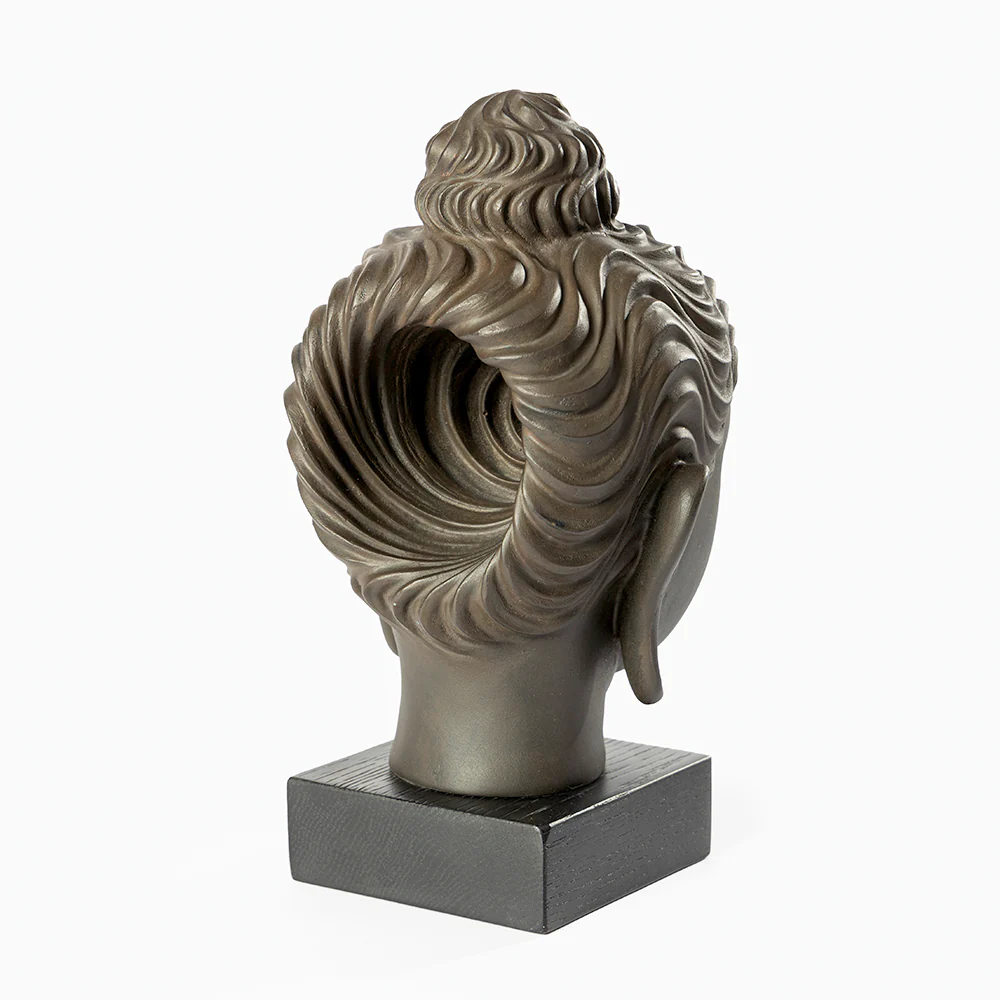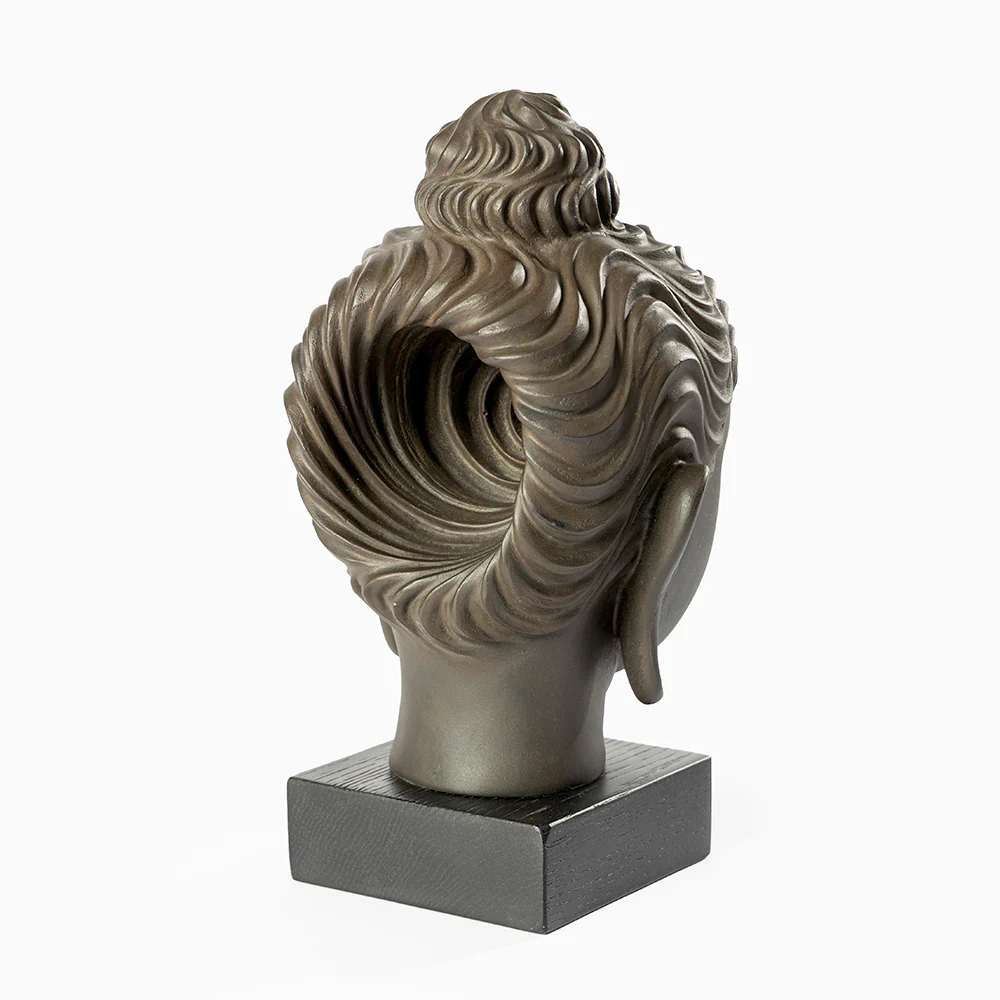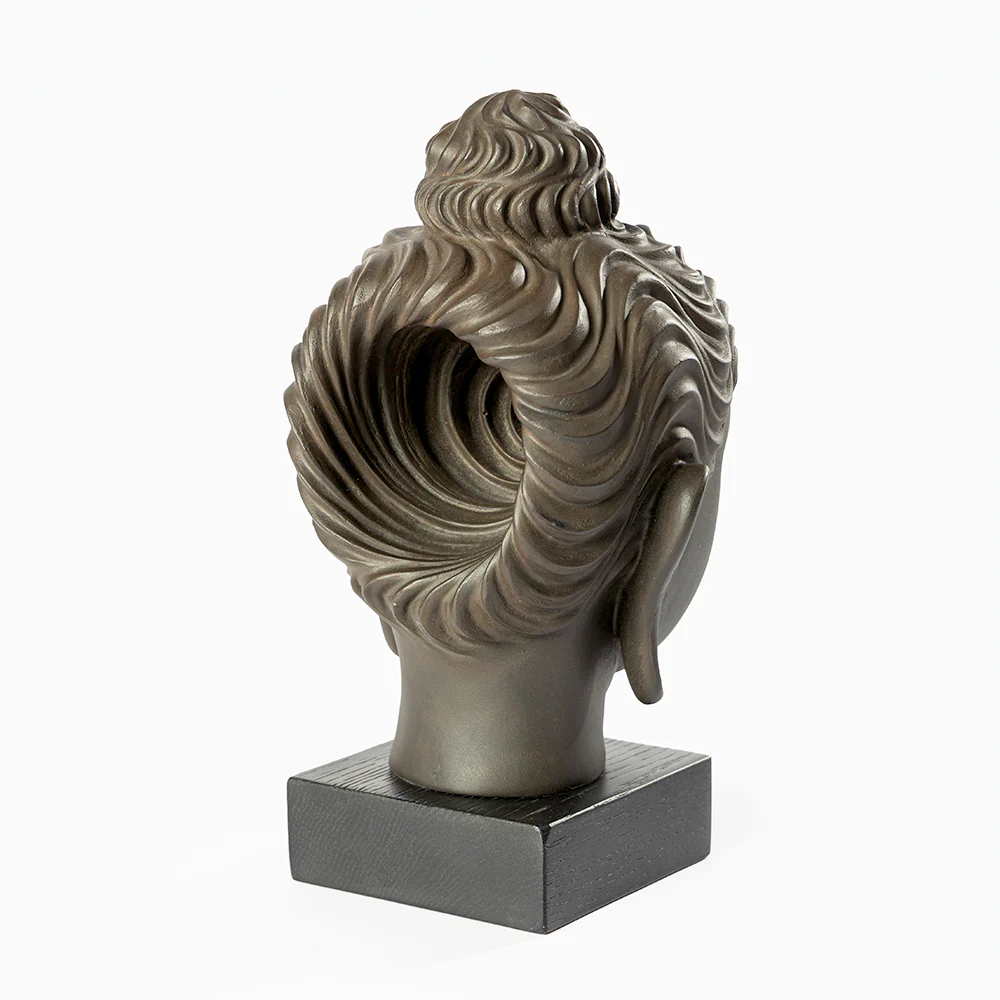Abstract Sculpture: The Artistic Expression Beyond Form

Strong 8k brings an ultra-HD IPTV experience to your living room and your pocket.
Art has always been a medium for expressing the inexpressible, and among the most thought-provoking of these expressions is abstract sculpture. Unlike traditional sculpture that often mimics the human form, nature, or recognizable objects, Abstract Sculpture is a departure from reality. It uses shapes, forms, colors, and textures to convey emotion, movement, and meaning that goes beyond what the eye can see.
What Is Abstract Sculpture?
Abstract sculpture is a type of three-dimensional artwork that does not aim to represent physical reality. Instead, it focuses on exploring the essence of form and space. This genre often uses geometric, asymmetrical, or free-flowing shapes to evoke feelings or provoke thought. It leaves interpretation open to the viewer, allowing for a more personal connection to the artwork.
Rather than telling you what to see, abstract sculpture invites you to explore what you feel.
The Artistic Philosophy
The core philosophy behind abstract sculpture is freedom—freedom from rules, from realism, and from defined boundaries. Artists working in this medium are not limited by the need to "look like" anything. Instead, they seek to explore concepts such as balance, chaos, harmony, tension, energy, or transformation. Abstract sculpture is often associated with modernism and postmodernism, but its roots can be found in early 20th-century movements like Cubism, Futurism, and Constructivism.
Materials and Techniques
Abstract sculptures are crafted using a wide variety of materials:
• Metal (bronze, steel, aluminum) for industrial, durable pieces
• Wood for warm, natural, often organic forms
• Stone for timeless elegance and weight
• Glass for lightness, transparency, and fluidity
• Resin and plastics for experimental or colorful designs
• Mixed media and found objects for contemporary assemblages
Some sculptures are carved, others cast, welded, assembled, or even 3D printed. The medium and method are as expressive as the final form itself.
Types of Abstract Sculpture
1. Geometric Abstract – Uses structured lines and angles; clean and modern in appearance.
2. Organic Abstract – Inspired by nature’s curves and asymmetry; fluid and evolving.
3. Kinetic Sculpture – Incorporates motion; moved by wind, motors, or viewer interaction.
4. Minimalist Sculpture – Emphasizes simplicity and purity of form.
5. Assemblage – Created from found objects arranged into abstract compositions.
Each type offers a unique way of experiencing art—through form, space, and even movement.
Decorating with Abstract Sculpture
Abstract sculptures aren’t just for galleries. They can be powerful additions to home or office interiors. Large-scale floor sculptures can serve as bold focal points in living rooms or gardens. Smaller tabletop pieces add interest to bookshelves, consoles, and desks. Their ambiguity makes them ideal for modern, minimalist, and even eclectic design schemes.
In public spaces, abstract sculptures create landmarks, foster community identity, and provoke public engagement with art.
Famous Abstract Sculptors
Some notable artists in this genre include:
• Henry Moore – Known for monumental, organic forms.
• Barbara Hepworth – Focused on the relationship between form and space.
• Alexander Calder – Creator of the kinetic mobile sculptures.
• Constantin Brâncuși – Simplified forms into iconic, elegant sculptures.
Conclusion
Abstract sculpture is more than an art form—it's an experience. It doesn’t demand understanding but invites exploration. Whether you are a seasoned art lover or a curious newcomer, abstract sculpture offers an open-ended journey into creativity and expression. By embracing form without function and beauty without definition, it speaks a universal language—one that inspires, challenges, and transforms any space it inhabits.
Note: IndiBlogHub features both user-submitted and editorial content. We do not verify third-party contributions. Read our Disclaimer and Privacy Policyfor details.







